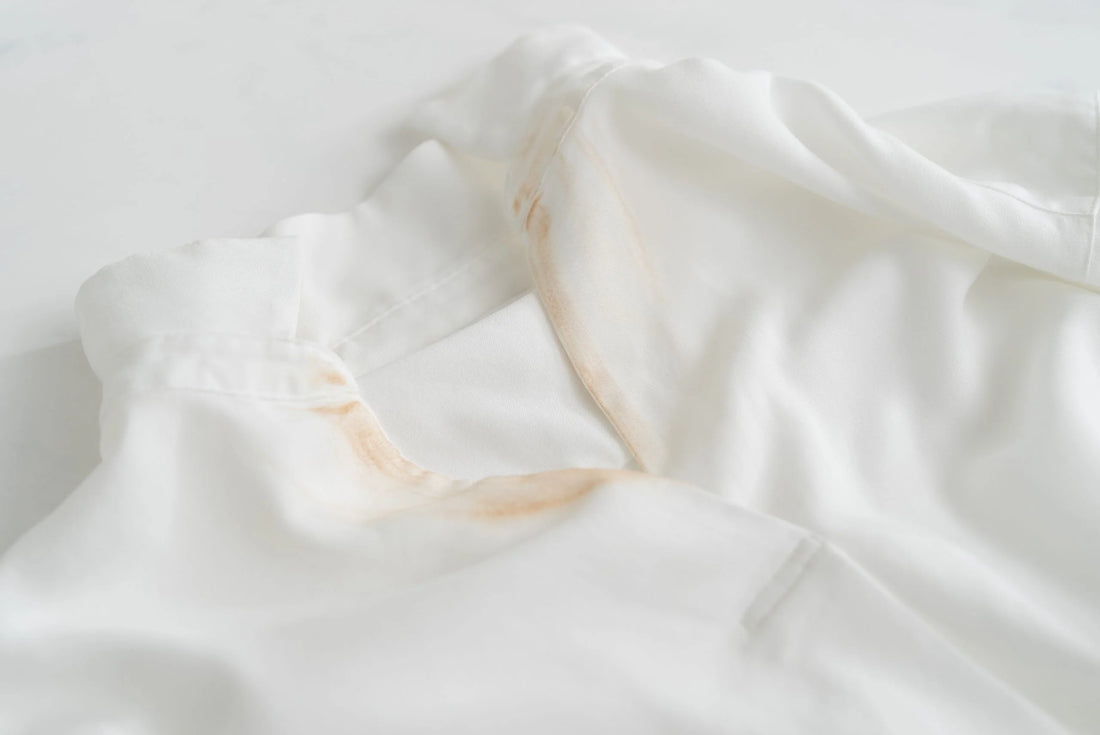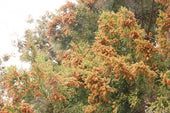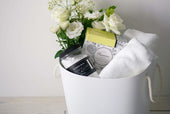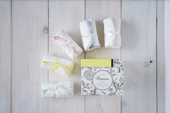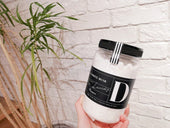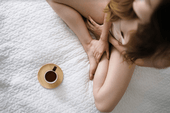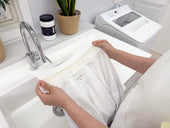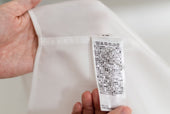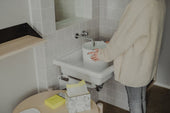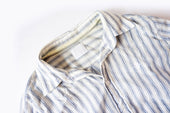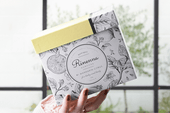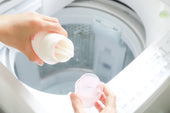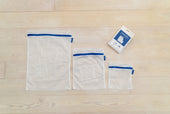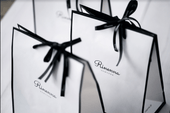There are various types of stains on clothing, and washing methods vary depending on the type of clothing.
In order to do laundry effectively, it is very important to first know where and what kind of dirt tends to get on your clothes.
Let's learn about the types and characteristics of stains on different clothes!
Dirt on clothing can be divided into ``dirt that comes from the body'' and ``dirt that comes from outside.''Here, we will introduce the areas where clothes tend to get dirty and how to wash them.
T-shirts/Y-shirts
Sebum stains on collar and sleeves

Sebum stains adhere to the fabric due to sweat and friction with the skin.
As sebum dirt oxidizes over time, it becomes yellowish, and when dust and other substances adhere to it, darkening occurs.
Sebum stains, especially protein stains, are difficult to decompose and tend to remain on clothing, so they cannot be removed by regular washing alone.
Make-up stains around the neck

This is where makeup products such as foundation, lipstick, and sunscreen can easily get stuck.
Because it is an oil-based stain, it cannot be removed simply by running it in the washing machine.
pants
Sebum stains around pockets
Pockets that are touched every time you put them in and take them out are a place where sebum and protein stains can easily get trapped in the fibers.Dust/mud stains on knees
When you kneel down, dirt such as mud and hair tends to stick to your body, and it gets pushed down by your weight.children's clothes

Food spills, mud stains, blood stains
When it comes to children's clothes, there are few stains from body secretions such as sebum, but stains from the outside such as spilled food and mud tend to accumulate, as well as blood stains such as nosebleeds and protein stains that are difficult to remove, such as poop and urine. Another feature is that it is easy to attach.underwear
Sebum stains around the neckline and underarms
Since it comes into direct contact with the skin, sebum, protein, sweat, etc. will adhere to it.The neckline and armpits that rub against your skin are especially dirty.
In addition, since polyester thread is often used in thread seams, which tend to get dirtier than cotton threads, this is a place where dirt can easily accumulate.
socks

Sebum stains such as dead skin and sweat
Even within the body, the heels secrete a lot of sebum and other substances, making it easy for bacteria to grow using proteins such as dead skin cells as a nutritional source.The reason why socks become smelly when you wear them for a long time is due to the growth of bacteria.
mud/sand stains
Mud and sand are fine particles and are insoluble stains that cannot be removed with detergent or water.Every time you put your weight on it, the particles get stuck deep into the fibers, so you can't remove them just by running them in the washing machine.
Learn how to wash your clothes according to the dirt!
If it gets dirty, we recommend washing it immediately, except for wet mud stains.Always check the washing label before washing.
sebum stains
If you want to thoroughly remove sweat and sebum stains, we recommend using bar soap or weak alkaline powder detergent that is resistant to sebum stains.Dissolve alkaline powder detergent and oxygen bleach in hot water of about 40 to 45 degrees Celsius, then soak and wash.
Since sebum melts at around 40℃, we recommend using hot water.
Rinenna's detergent contains protein-degrading enzymes that are difficult to remove, so you can lift stubborn sebum stains from your clothes and remove them without scrubbing.
It is formulated with ingredients that thoroughly remove unpleasant odors such as body odor and aging odor without damaging the fabric.
Click here for details on how to wash Y-shirts
No more yellowing or darkening on your shirt! ? Explaining the causes of stains and washing techniques!mud stains

It is strictly prohibited to wash mud stains with water all of a sudden! Small particles of sand will get stuck deep into the fibers and become impossible to remove.
When removing mud stains, [pre-treatment] is important.
First, let the mud and sand dry thoroughly and then knock it off.
Dissolve alkaline powder detergent and oxygen bleach in hot water of about 40 to 45 degrees Celsius, then soak and wash.
If sand particles and sebum stains are mixed together, the detergent can lift the sand particles off the fibers along with the sebum.
Rinenna #2 can remove difficult-to-remove protein stains, so you can wash white socks white without massaging them.
Click here for detailed instructions on how to wash socks
How to remove stubborn stains on your socks - Just leave it on at home for amazing whiteness!food spill stains
Water-soluble stains from tea, juice, coffee, etc. can be removed by regular washing.However, if pigmentation is present, a detergent containing oxygen bleach is recommended.
Ketchup, sauce, oil stains, etc. are oil-based stains , so pre-treatment with a detergent that is compatible with oil-based stains will help remove the stains.
When using Rinenna's detergent, you can use RINENNA Pro 0 #ZERO to prepare for oil stains, and use Rinenna #1 and #2 to soak and wash to treat pigment stains. You can remove dirt without damaging it.
blood stains

Dissolve baking soda or alkaline wash (soda sesquicarbonate) in hot water, soak, and then wash in the washing machine.
Blood begins to deteriorate in about 8 hours and becomes difficult to remove, so be sure to wash it as soon as possible if it gets dirty.
Blood coagulates when it comes in contact with hot water above 50-60℃, but it is easier to remove stains with hot water than with cold water, so pre-wash with hot water that is about the temperature of a bath.
Rinenna's detergent was developed with the aim of removing protein stains from the body, such as blood and feces, without the need for scrubbing.
You can remove stains without touching dirty clothes, so it is recommended from a hygienic point of view when washing blood, poop, and other stains.
Click here for detailed instructions on how to wash blood stains (cloth napkins)
The correct way to wash cloth napkins! Easily remove dirt by soaking and washingdust stains

Remove with a brush or with a clothing adhesive roller.
It is also effective as a countermeasure against pollen.
makeup stains

Apply RINENNA Pro 0 #ZERO, which is specialized for oil-based stains, and put it in the washing machine.
For delicate clothing such as wool or fashionable clothes, be careful not to massage or brush the clothing as this may damage the fibers of the clothing and impair its texture.
#ZERO does not contain bleaching ingredients, so it can also be used on colored patterned items.
